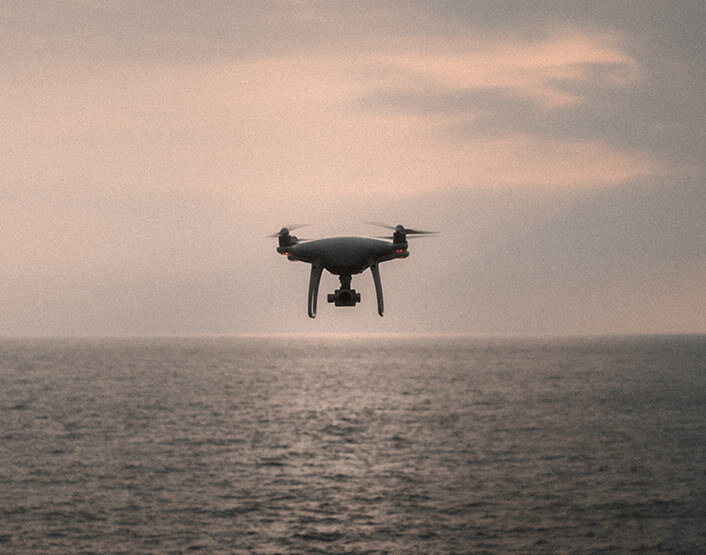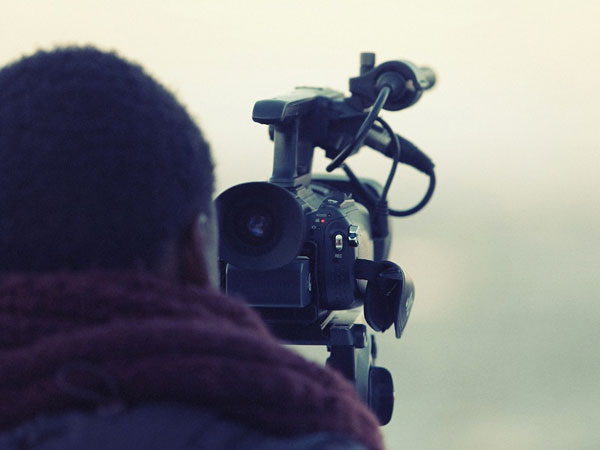Flying a drone and shooting aerial photography has opened up a new world for the photography industry. When you fly and shoot a drone, you have the ability to shoot scenes and capture images that would have been impossible with traditional photography.
Whether it’s wide fields or treacherous cliffs, as long as you know how to fly your drone properly, there is no terrain that you can’t handle. However, while it is true that you can fly your drone in any type of landscape as long as you know what you’re going, you also have to be wary of the conditions that you’re flying your drone in.
One of the most precarious positions to fly your drone in is in colder weather and climate. We can’t deny that it’s tempting, who wouldn’t want to photograph the way the snow makes the world look like something out of a Christmas card?
But you should know that flying in the cold can have some serious repercussions. While it is difficult, it isn’t impossible. Here are some tips to guarantee a hassle-free aerial photography flight in the cold.
Check your drone
When deciding to fly your drone in the cold weather, you should always make sure that you check your drone before and after every flight. The colder temperature can wreak all sorts of havoc on your drone even when it’s in tip-top shape.
If your drone has been compromised in some way, then you potentially put your drone at risk by flying it at colder temperatures. If you see any issues with your drone, then you should definitely schedule your drone flight for another day. It’s not worth the risk that you could be putting your drone through.
Be careful of your battery life
One of the most common causes of drone crash during an aerial photography flight is battery drainage during the flight. The colder temperature can cause your drone’s battery to drain very quickly, so make sure that you keep a close eye on your battery.
Give yourself a bigger grace period to give yourself more time to bring your drone back to the take-off area. Don’t forget to bring plenty of backup batteries and always keep your batteries warm when they’re not being used.
Watch the temperature
While this guide is supposed to help you shoot your aerial photography in the cold weather, you still have to keep an eye out for certain situations where you’re definitely not supposed to fly your drone in.
If it’s snowing or raining, you definitely have to postpone your drone flight. If water gets into your drone, it might cause some serious damage.






